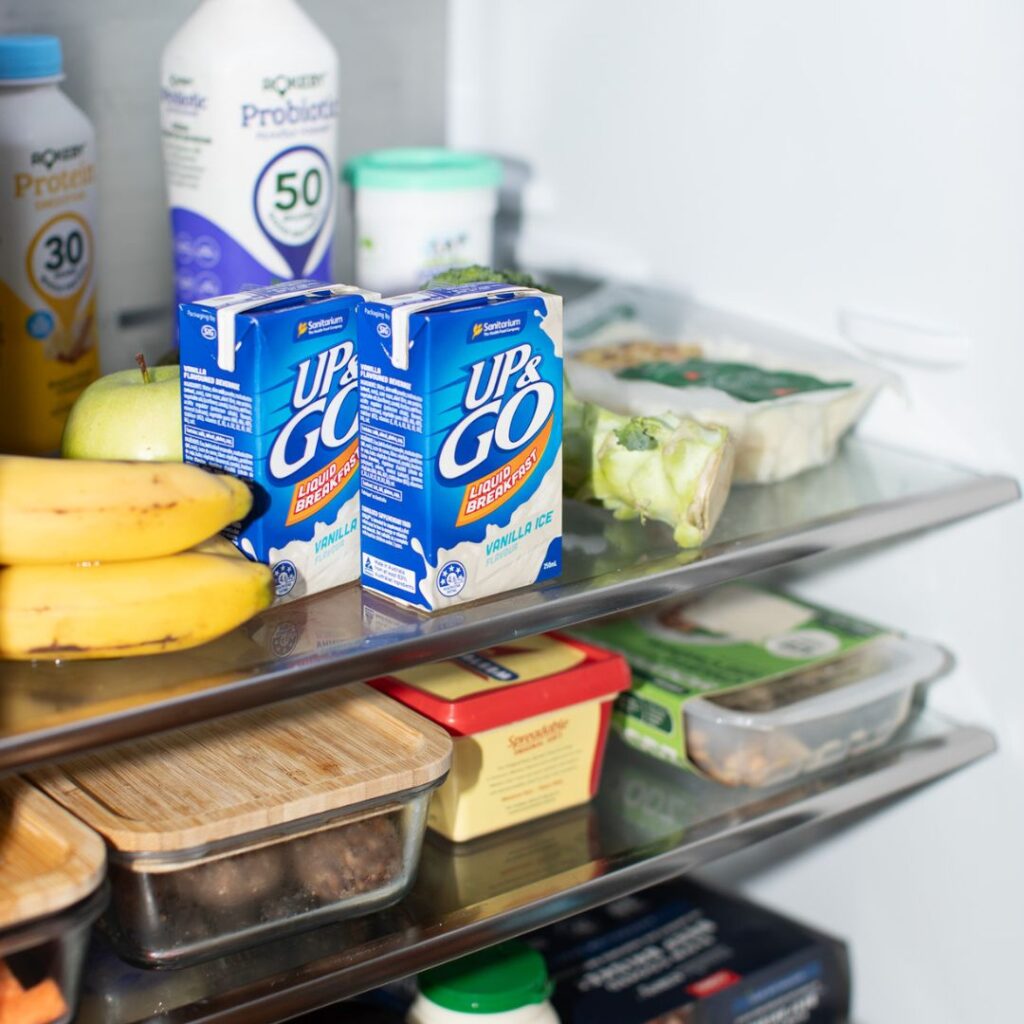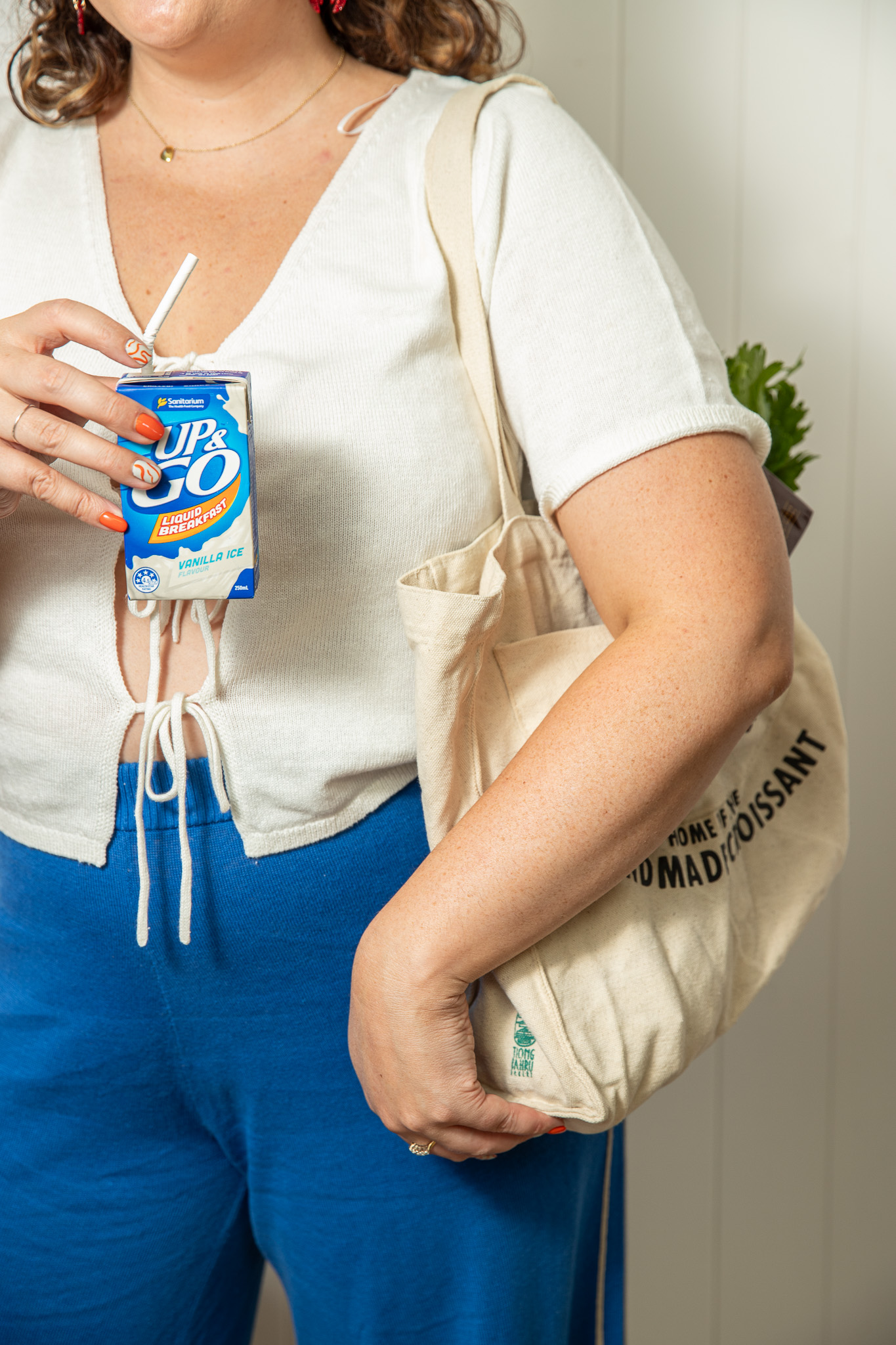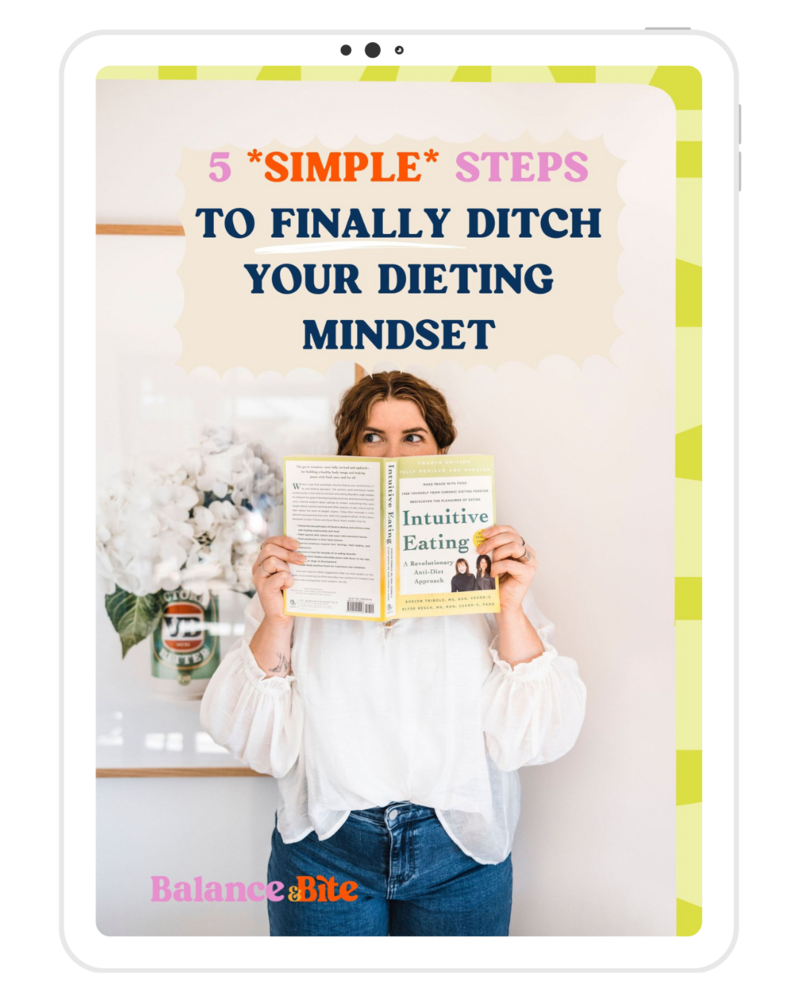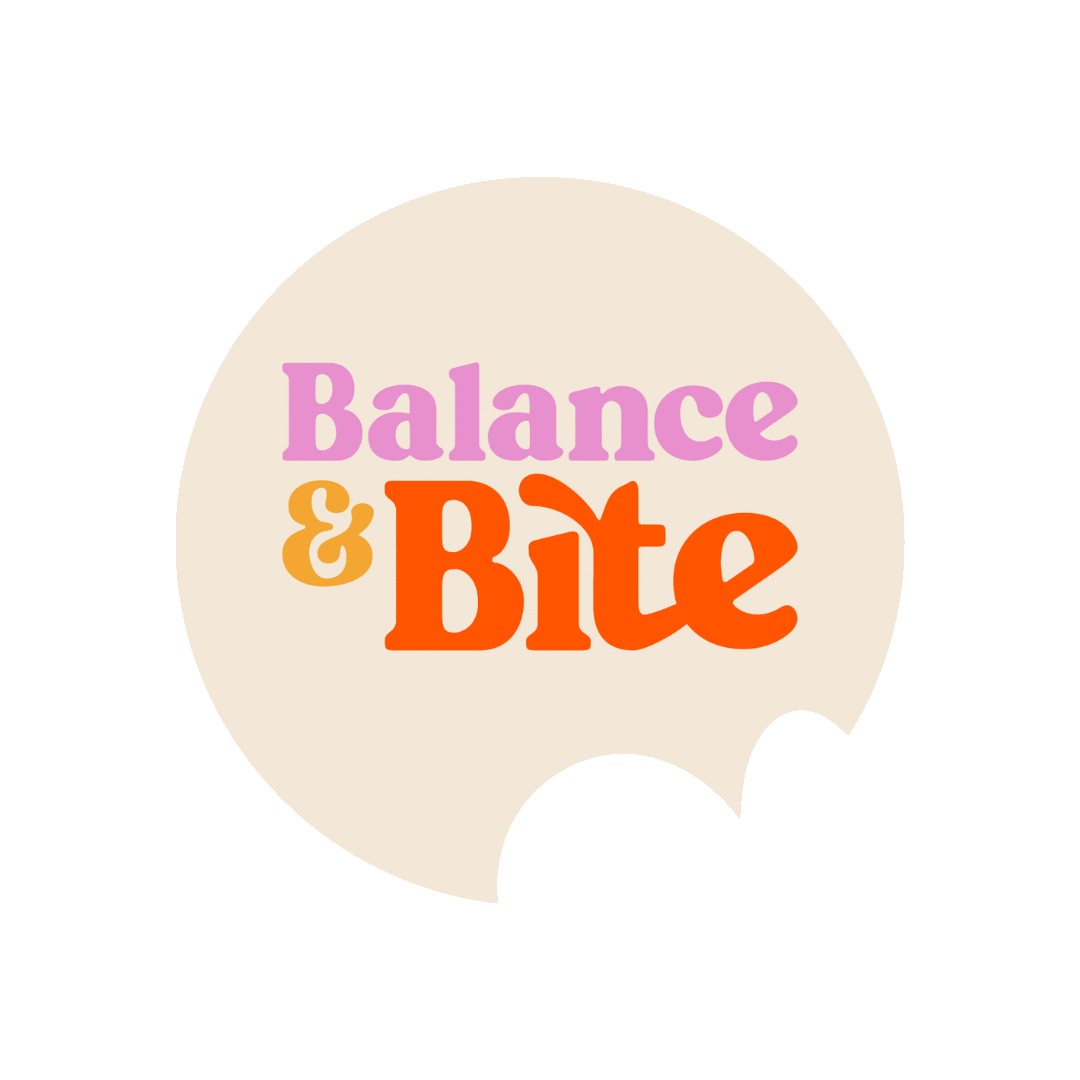Short answer: Yes, UP&GO breakfast drinks are good for you! There’s a reason they’re my most recommended food as a non-diet dietitian.
Long answer: They’re a healthy and convenient option for breakfast, especially if you’re short on time. However, they’re not a complete substitute for a meal. Let’s look at the pros and cons of UP&GO so you can decide when and how often you want to drink them.
Is UP&GO Healthy?
Yes, UP&GO is a healthy option as it contains a balance of protein, fibre, carbohydrates, and unsaturated fats. While there is some added sugar in UP&GO, the convenience often outweighs this – especially if the alternative is skipping breakfast altogether. And, when you consider gentle nutrition (the 10th principle of intuitive eating, Up&Go ticks all the boxes: big on taste, satisfaction and nutrition.


Positives of Up & Go’s
✅ Good source of fibre
The Original and No Added Sugar options provide 4g of fibre per serve, which is a great start to your day (the Protein option has 2.2g).
✅ Low in added sugar
The Original and Protein versions have only 6.5g sugar per 100ml, meeting the goal of less than 7.5g per 100ml in drinks. The No Added Sugar option has 4.2g of naturally occurring sugar per 100ml.
✅ Protein boost
Original & No Added Sugar: 8.4g protein per serve
Protein Energise: 17.7g protein per serve – which qualifies as high protein (at least 10g per serve)
✅ Low in sodium and saturated fat
Naturally low in salt and fat, with minimal saturated fat content.
✅ Good source of calcium
One 250ml serve provides 300mg calcium – around 38% of the Recommended Dietary Intake (RDI), equivalent to a 250ml glass of cow’s milk.
✅ Fortified with essential vitamins and minerals
Including Vitamin A, B1, B2, B3, B6, B12, C, D, calcium, potassium, and phosphorus – great for energy, bone health, and overall wellbeing.
✅ Low GI
Meaning it provides a more sustained release of energy and helps keep blood sugar levels more stable.
Negatives
❌ No “all-in-one” option (yet)
There’s currently no option that’s high in protein and fibre and low in sugar—you’ve got to pick what matters most to you.
❌ Not super filling
At just 250ml, it’s a great option nutritionally, but it may not keep you full for long. You might feel hungry again within 1–2 hours, especially if it’s the only thing you’re having.
UP&GO Ingredients
(Original Vanilla Ice Flavour)
Water, skim milk powder, maltodextrin (wheat, corn), cane sugar, plant fibre, soy protein, vegetable oils (sunflower, canola), fructose, oat flour, acidity regulator (potassium citrate), minerals (calcium), flavour, vegetable gums (460, 466, 407), stabiliser (452), vitamins (C, B3, A, D2, B2, B1, B12, B6), salt.
How Many Calories (and Kilojoules) in an UP&GO?
- Original (250ml): ~171 calories / ~716 kJ
- No Added Sugar: ~139 calories / ~582 kJ
- Protein Energise: ~240 calories / ~1004 kJ
Is UP&GO Gluten Free?
No, UP&GO is not gluten free. It contains milk, wheat, gluten, and soy.
There is a dairy-free version available, but there’s currently no gluten-free option.
Is UP&GO Protein Better?
If you find it hard to get enough protein in the morning, the Protein Energise version is a great pick.
It contains over double the protein of the Original version (17.7g vs 8.4g), which can support satiety, muscle recovery, and energy.
Comparison to other breakfast options
If you have time and capacity to prepare 2 x Weet-Bix with milk, this is a cheaper and more filling option.
But UP&GO wins on convenience – no dishes, no prep, just grab and go.
Overall
UP&GO drinks can absolutely be part of a healthy breakfast routine. They’re a fantastic option for busy mornings, post-gym snacks, or those “I just can’t even” kind of days. I recommend the to all my clients, especially my ADHD gals, because even if they forget to eat or don’t feel hungry, they can usually manage an UP&GO to reduce the risk of getting so hungry that they binge eat.


Erin’s an Accredited Practising Dietitian & Certified Intuitive Eating Counsellor. She uses a non-diet approach and weight-inclusive care to help her clients reclaim a healthy relationship with food and their bodies free of guilt, shame and restriction.












View comments
+ Leave a comment